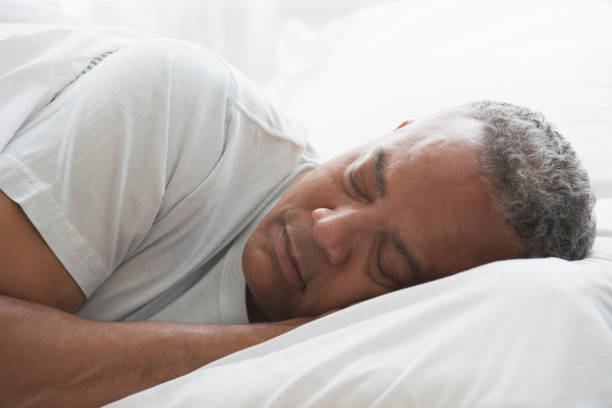
Ever wake up after a long night’s rest with an achy, sore back and you don’t know how it happened? Before you rush to your local chiropractor or begin taking medication, the solution may lay right in your bed. Our sleeping position affects our back, neck and spine, and making improvements to how we sleep will not only reduce back pain but will help to keep our neck and spine in order. Here are three sleeping tips to help avoid back pain:
Sleep on a proper mattress.
Poorly padded mattresses do not provide the back support needed while sleeping. The American Chiropractic Association suggests sleeping on a mattress of medium firmness that will keep the curving of your spine to a minimum.
A mattress that is too firm only supports the hips and shoulders while the spine bends toward the mattress.
A mattress that is too soft allows the hips and shoulders to sink down and the spine bends away from the mattress.
A medium-firm mattress allows the best support for the lower back. If you do not want to go out and buy a new mattress try adding a memory foam mattress topper that will form to the curvature of your spine.
Change your sleeping posture.
Most of us sleep either on our stomach or on our side in the fetal position and that very well contributes to back pain. Both positions put pressure on the spine, muscles, joints and hips.
Sleeping on your stomach compresses your lower back and twists your neck into an unnatural position and flattens the curvature of your spine.
Sleeping on your back or side is best for your back. While on your back, your neck, spine and hips are in a neutral position which eliminates stress on those body parts. Laying on your side lines your spine up with








